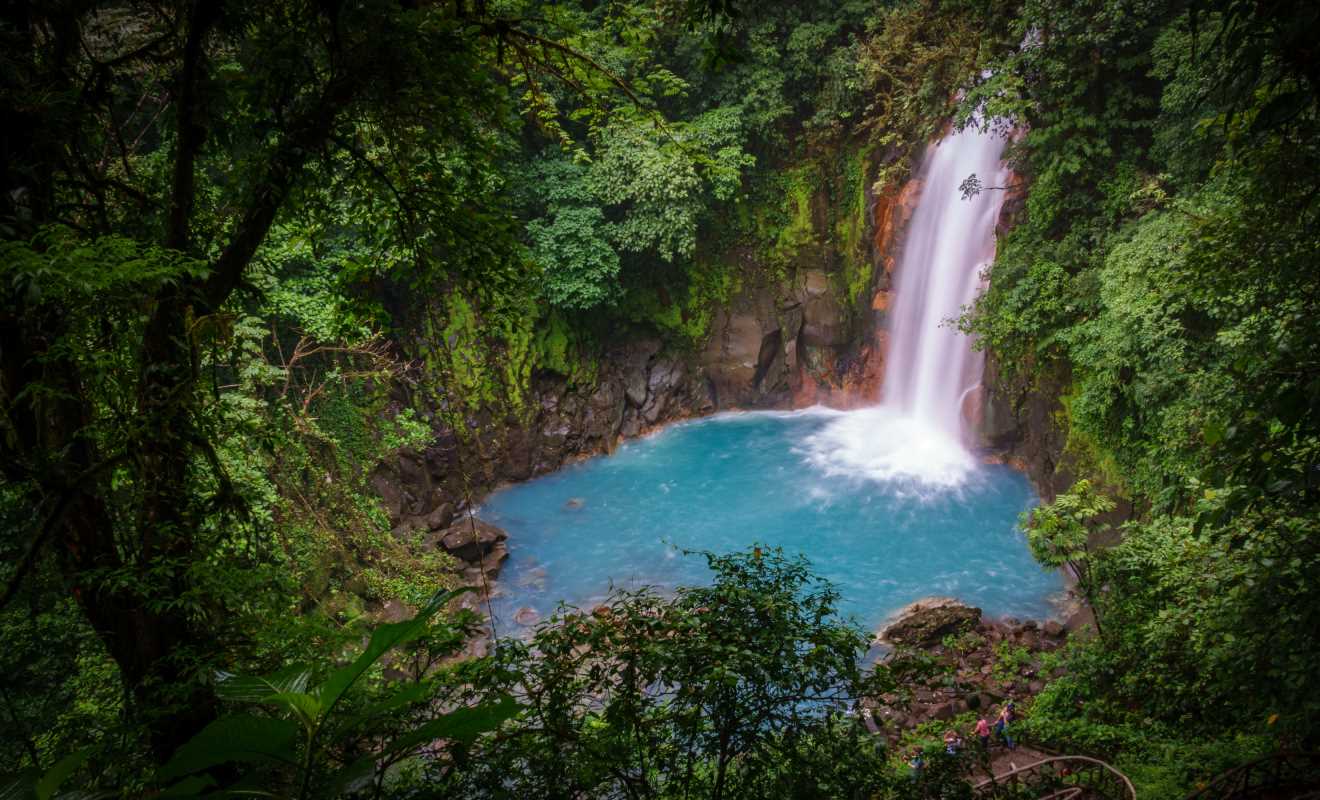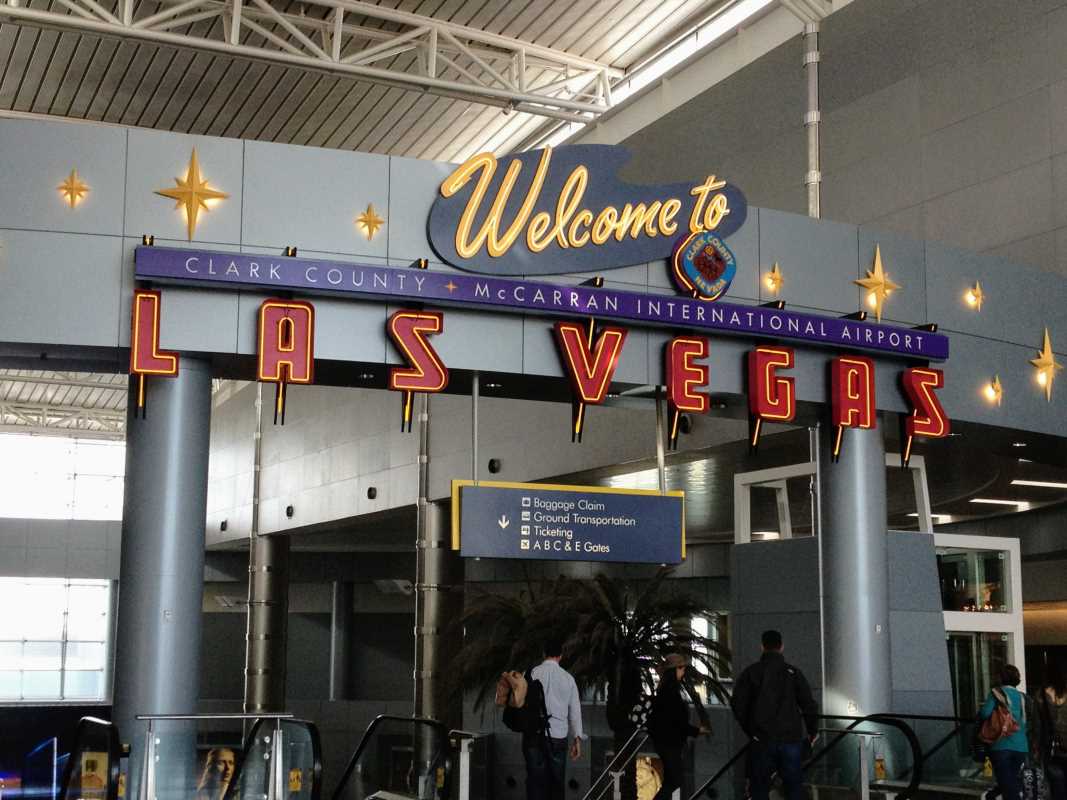New York City, famous for its breathtaking skyline, bustling streets, and vibrant culture, is also home to some of the most iconic bridges in the world. These architectural marvels not only serve as crucial transportation links but also stand as symbols of innovation and progress. Let's delve into the rich history and unique features of a few of the iconic bridges that grace the city's landscape.
The Brooklyn Bridge, completed in 1883, is one of the oldest suspension bridges in the United States. It spans the East River, connecting the boroughs of Manhattan and Brooklyn. Fun fact: The bridge's construction was overseen by engineer John Augustus Roebling, who unfortunately died during the building process. His son, Washington Roebling, then took over and completed the project. Today, the Brooklyn Bridge is not only a vital transportation route but also a popular spot for pedestrians and cyclists to enjoy stunning views of the city.
Another must-see bridge is the Manhattan Bridge, located just north of the Brooklyn Bridge. Opened in 1909, it is a suspension bridge with a distinctive double-decker design, carrying vehicles on the upper level and trains on the lower level. The bridge offers a unique perspective of the city skyline, particularly when viewed from DUMBO, Brooklyn, or Chinatown in Manhattan. Fun fact: The Manhattan Bridge was the last of the three major East River bridges to be built, following the Brooklyn and Williamsburg Bridges.
Moving up the East River, we come to the Williamsburg Bridge, connecting Manhattan's Lower East Side to Brooklyn's Williamsburg neighborhood. Completed in 1903, it was the longest suspension bridge in the world at the time. The bridge features a distinct design with prominent steel towers and offers excellent views of the city and the neighboring bridges. Fun fact: The Williamsburg Bridge played a crucial role in the transportation infrastructure of New York City, alleviating congestion on the nearby Brooklyn Bridge.
Heading west across the Hudson River, we encounter the George Washington Bridge, linking Manhattan to New Jersey. Opened in 1931, it is a double-decked suspension bridge that carries an impressive amount of traffic between the two states. The bridge's towering steel arches and intricate design make it a prominent landmark on the New York City skyline. Fun fact: The George Washington Bridge was originally designed to accommodate a future upper level for trains, although this plan was never implemented.
Last but not least, we have the Verrazzano-Narrows Bridge, connecting the boroughs of Brooklyn and Staten Island. Opened in 1964, it is a suspension bridge with one of the longest spans in the world. The bridge offers stunning views of the New York Harbor and the Statue of Liberty in the distance. Fun fact: The Verrazzano-Narrows Bridge was named after the Italian explorer Giovanni da Verrazzano, who was the first European to enter New York Harbor in 1524.
In conclusion, exploring the iconic bridges of New York City is not only a journey through architectural history but also a chance to appreciate the engineering feats that connect the city's diverse communities. Each bridge tells a unique story and offers a different perspective of the captivating cityscape, making them essential landmarks for both locals and visitors alike.
(Image via Adobe)
 (Image via
(Image via





